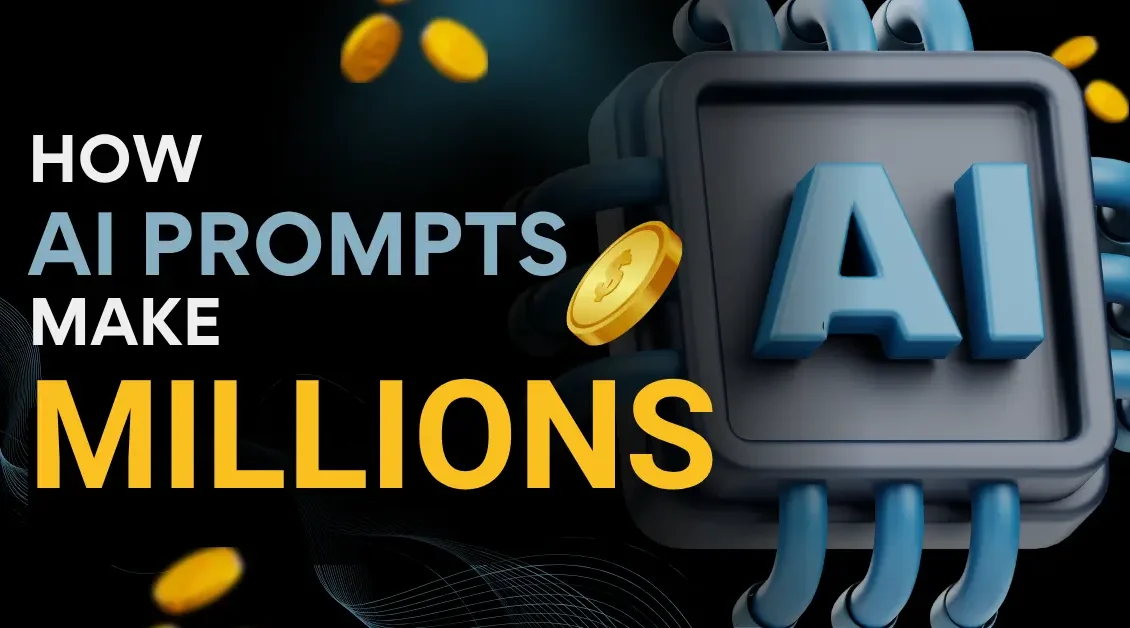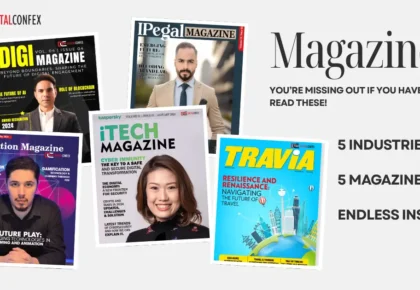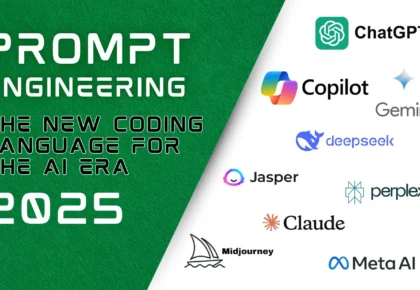
AI moved from experiment to product in 2024–25. Today, you can turn prompts and models into recurring revenue, lower costs, and faster launches. This article shows practical strategies, examples, data-backed signals, and a clear path you can follow.
Why Monetizing AI Tools Matters for Businesses in 2025?
You should care because adoption and ROI have cleared the proof-of-concept stage. In 2024, 78% of organizations reported using AI in at least one function — adoption rose fast.
Companies that commit to AI report measurable ROI: sales and marketing ROI improves by roughly 10–20% for organizations that invest deeply in AI.
If you want to hear case studies and network with experts shaping these trends, join us at the 6th DMAT Confex.
Quick reference — monetization strategies
| Strategy | How you make money | Best fit |
| Conversational commerce & support | Sell premium chat/checkout funnels, reduce support costs | E-commerce, SaaS |
| Content creation & personalization | Upsell content packages, improve conversion | Retail, Marketing agencies |
| Predictive analytics | Sell forecasting subscriptions, optimize pricing | Retail, Supply chain, Finance |
| Workflow automation | Package as managed service or SaaS feature | Professional services, HR |
| AI SaaS / APIs | Recurring subscriptions, usage fees | B2B software, platforms |
1) Turn support into sales: AI-powered customer service
Add a chat layer that sells.
- Use bots to answer FAQs, recommend products, and route high-intent leads to sales.
- Offer a basic free bot plus a paid premium that includes human handoff or checkout support.
Real example: Shopify merchants increasingly use AI to automate product suggestions and order flows. Shopify documents show merchants adopting AI for content and inventory tasks.
Start fast: Deploy a bot on your top 5 support flows, measure conversion and ticket time saved, then add checkout intents.
2) Scale content & personalization — sell outcomes, not words
You can produce product descriptions, ads, and landing pages in bulk.
- Package curated content bundles for clients.
- Use personalization to boost CTR and retention.
Proof point: Many merchants planned to use AI for content generation in 2024, signaling demand for content-as-a-service.
Try this: Automate product descriptions for 100 SKUs. Run A/B tests and charge clients for the uplift.
3) Predictive analytics & demand forecasting — sell certainty
Forecasts prevent stockouts and free working capital.
- Offer subscription forecasting to SMBs.
- Use dynamic pricing to capture margin in real time.
Big picture: Retail and commerce platforms now embed forecasting tools that improve inventory efficiency and margin.
Pilot idea: Build a one-month demand model. Compare actual vs. forecast and show savings on inventory costs.
4) Workflow automation — bill for time saved
Replace repetitive tasks with simple automations:
- Candidate screening, invoice reconciliation, and report generation.
- Sell as a managed service or premium SaaS feature.
Sessions at the upcoming 4th Information Technology Conference will cover how IT leaders design scalable automation strategies.
Why clients pay: Predictable time savings and fewer errors turn automation into a clear ROI line item.
5) Productize prompts — create AI SaaS & APIs
Turn your best prompts and flows into a product:
- Sell vertical assistants (e.g., legal intake, clinic triage).
- Offer tiered access and usage-based pricing.
Market signal: Big AI providers are moving into commerce and API-driven monetization, which proves the model scales.
Benefits you will see
- Scale: More output without hiring linearly.
- Faster time-to-market: Launch campaigns and products in days.
- Cost reduction: Fewer manual hours and lower error rates.
- Revenue upside: Personalization and conversational commerce lift conversions.
Challenges & risks (be realistic)
- Ethical issues & bias: Audit models and monitor outputs.
- Data privacy: Use consent, anonymize, and comply with regulations.
- Vendor costs & lock-in: Track API spend; build exit plans.
- Integration and change management: Train people and redesign workflows.
Follow governance: logs, human-in-the-loop for sensitive decisions, and clear SLAs.
Real-world signals & expert lines
- 78% of organizations used AI in 2024.
- Marketing ROI often improves 10–20% with AI investment.
- Top AI leaders expect substantial cost and revenue gains from AI by 2027 (BCG).
Expert note: “Generative AI is the next productivity frontier,” — McKinsey on the potential for AI to drive economic gains.
Example from product teams: Netflix’s foundation model work highlights how personalization increases engagement and retention.
How monetization will evolve in 2026+
- AI agents will complete multi-step tasks (buy, negotiate, schedule).
- Autonomous micro-businesses will run with minimal human oversight and sell as assets.
- AI marketplaces will let you sell agents, data, and vertical apps on commission.
- Future-facing discussions, like those at the Digital Marketing, Advertising & Technology Confex, will dive into AI agents and autonomous business models.
Plan to move from features to autonomous flows — that’s where margins widen.
Summary — monetization approaches, benefits & industries
- Conversational commerce: Higher conversion — e-commerce.
- Content-as-a-service: Faster campaigns — marketing & retail.
- Forecasting subscriptions: Lower working capital — retail, logistics.
- Automation services: Time saved — HR & finance.
- AI SaaS/APIs: Recurring revenue — B2B software.
Conclusion
In 2025, businesses that effectively leverage AI tools are turning simple prompts into real profits, transforming how they operate, market, and engage with customers. Staying ahead requires not just understanding AI but applying it strategically to drive measurable outcomes.
Want to explore the latest AI monetization strategies and network with industry leaders? Join us at the 6th Digital Marketing, Advertising & Technology Confex 2025 in Dubai to learn, connect, and innovate.









